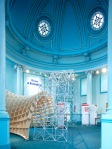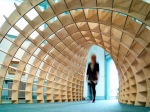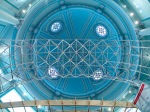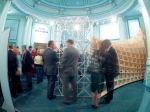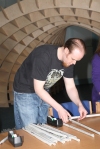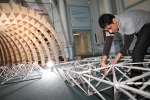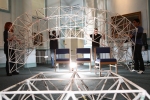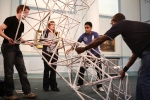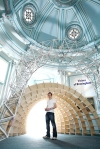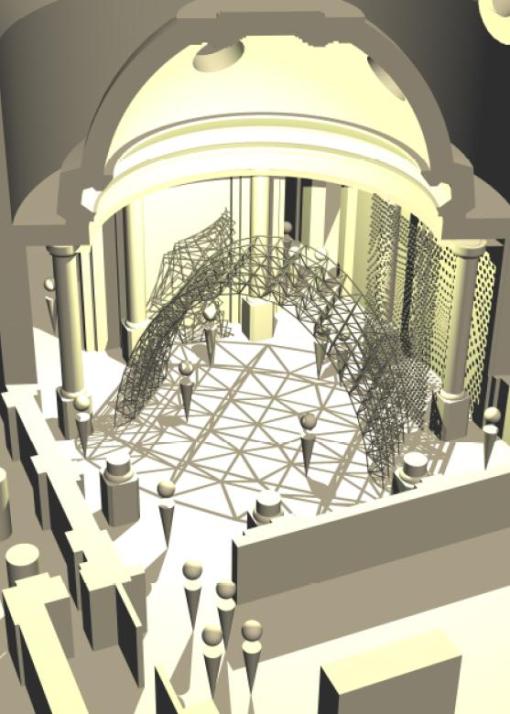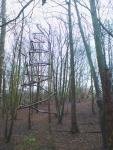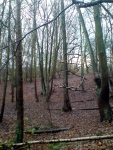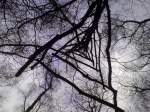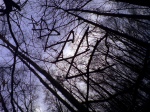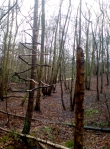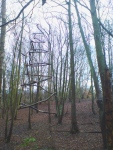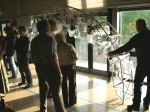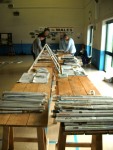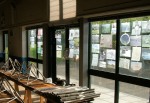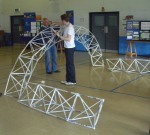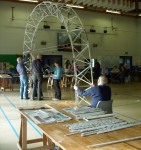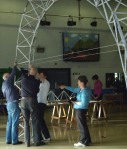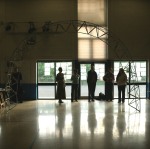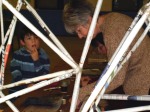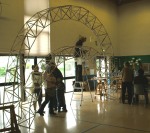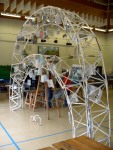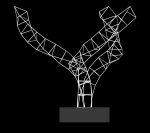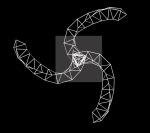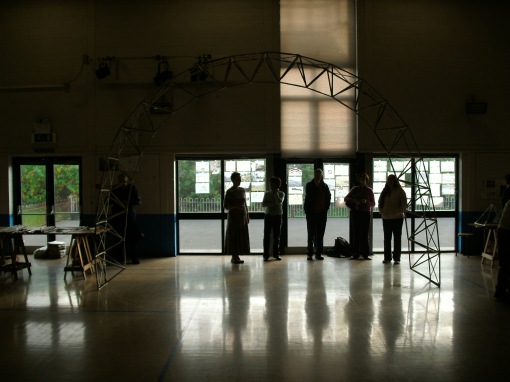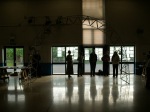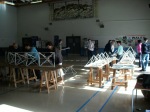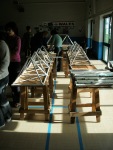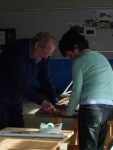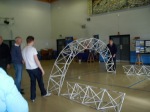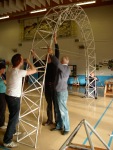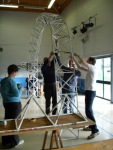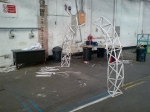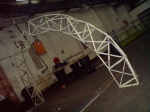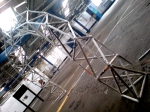Someone asked me:
“What is the contribution that good structural engineering can make to reducing our carbon footprint?”
The answer (which surprised me once I’d written it) went:
It seems that structural engineering can only contribute a statistically small amount to the climate change debate.
By the time structural engineers are involved in a project the key ‘climate change’ decision – what to build and whether to build it at all – will have been made by other people. The main way for structural engineers to contribute is to drive for minimum material through efficient design but this is only available because efficient design happens to be cheaper. The client wants ‘minimum cost’ first, ‘minimum material = helping climate change’ is a happy coincidence.
As soon as material efficiency is no longer a client’s desire, structural engineers must forget it too. Witness the structurally unoptimised (but very quick to construct) concrete high-rises in the middle east – at the flick of a client’s pen, ‘fast to build but inefficient’ takes precendent over slow and sustainable. Structural engineers’ service are bought by, and hence respond to, the client’s wishes, and sustainability is likely to be bottom of their list.
We can (and probably should) try to shave 10% off a building’s materials by efficient engineering, but it’s possible that if an individual structural engineer really wants to help mitigate climate change they should consider a move to a new field – renewable energy, new materials research, politics, climate science or possibly just join a low-energy commune and live a life of quiet minimal-consumption!
We’re hooked on a long line, and it’s rare that the fish can persuade anyone to stop fishing…
P.S. I’d love to be convinced that the above is wrong – anyone care to restore some optimism to this blog?
